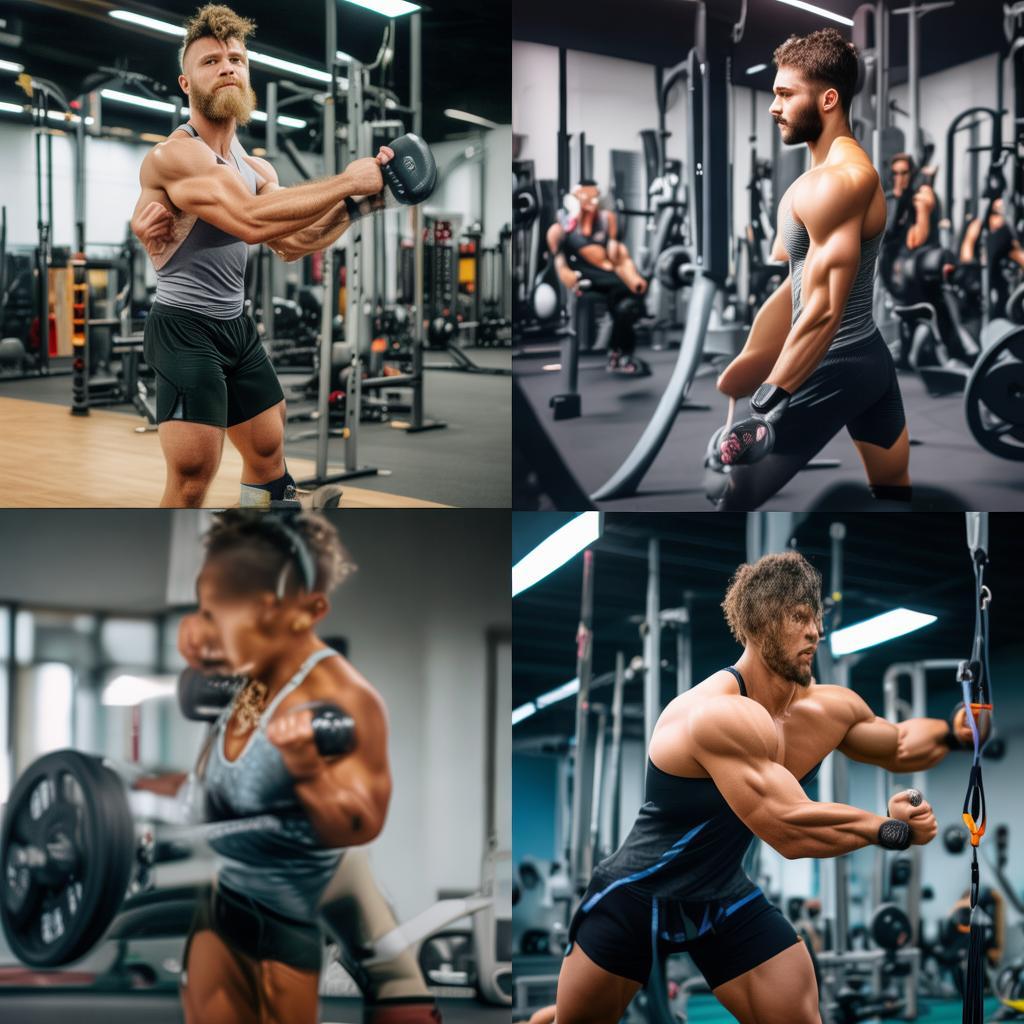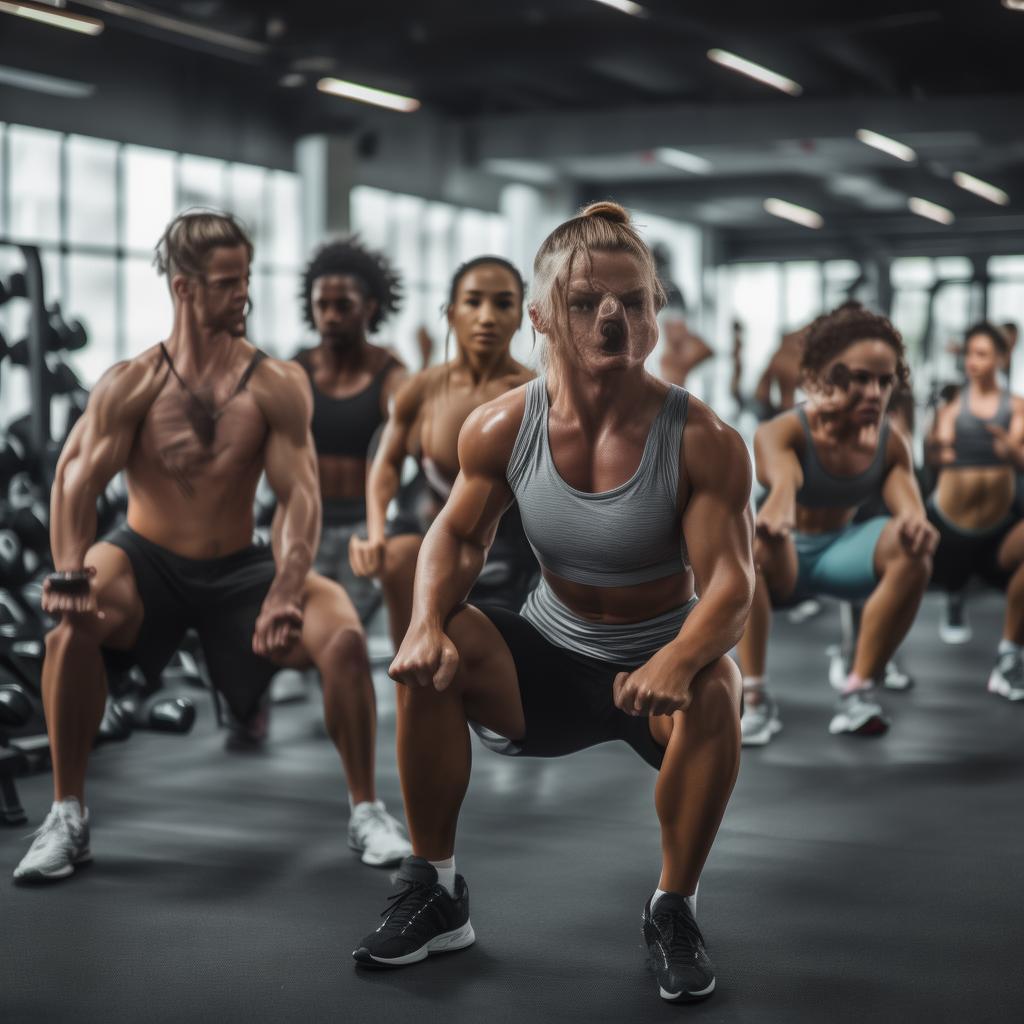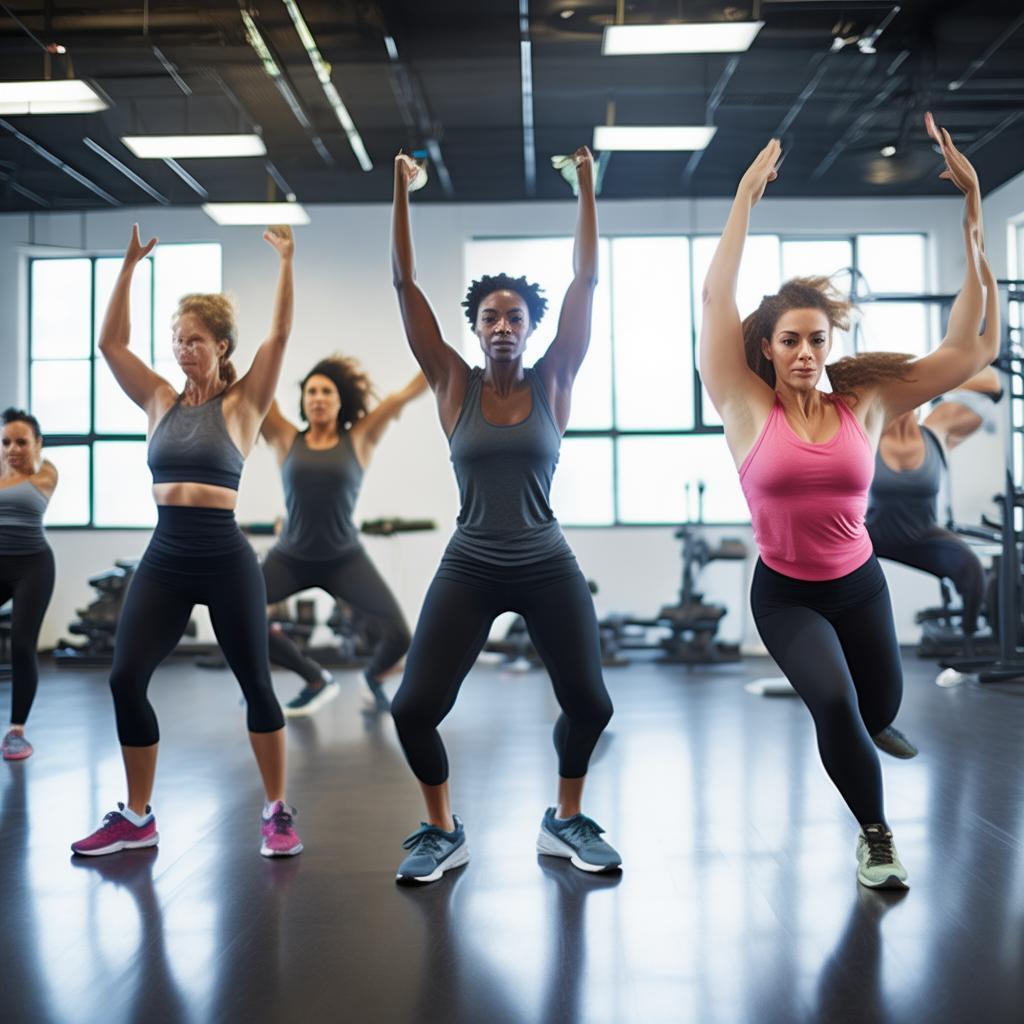Introduction
On August 2, 2023, a thought – provoking question emerged: Don’t be a “Barbell Monster” swinging back and forth while working on the biceps? When it comes to arm training, barbell curls are a common choice, but there are so many other ways to structure it. Even though we know that the triceps are the largest muscle in the “unicorn arms”, the enthusiasm of fitness enthusiasts for biceps training remains undiminished. To make the biceps bigger, we often see people in the gym using extremely heavy weights for curls, swaying their bodies and flailing their elbows, yet still struggling to lift the weights properly.
The Significance and Variations of Bicep Curls
Bicep curls are a great exercise for significant strength gains and muscle definition. There are multiple variations, including the use of dumbbells, kettlebells, barbells, or ropes. One of the popular variations is the standing dumbbell alternate bend, which is highly convenient as it can be done anywhere. The bent – over movement is also a typical part of upper body strength training.
Benefits of the Bent Raise
The bent raise mainly trains the biceps in the front of the upper arm, and it also works the brachialis and radialis in the lower arm. These muscles are frequently used in everyday activities like holding objects. Arm curls not only build arm strength but also teach you how to use your arm muscles correctly to support your core muscles.
Step – by – Step Guide to the Standing Dumbbell Alternate Bend
First, choose a dumbbell that allows you to perform 10 standard repetitions. For beginners, it is advisable to start with a 5lb or 10lb dumbbell. If you are recovering from an injury, starting with 2 lbs is a good option.
Stand with your feet shoulder – width apart, hold a dumbbell in each hand on the sides of your body, with your palms facing the side of your thighs and your arms hanging vertically down. Tighten your core muscles and prepare to lift the weights.
Raise the dumbbell towards your shoulder with one hand, rotating your wrists as you bend your arms upwards so that your palms end up behind you. Keep your elbows down and your forearms almost perpendicular to the floor. During the movement, keep your elbows close to your body and exhale as you bend.
Return the dumbbell to the starting position and repeat the movement with the other arm, inhaling as you lower the dumbbell. Continue alternating until you complete the desired number of repetitions. Do three sets of 10 reps with each arm. If 10 reps are too many, instead of reducing the weight, you can do five reps per arm.
Common Mistakes to Avoid
To fully train your biceps, avoid these common mistakes:
- Overhead bending: Don’t lift the dumbbells so far back that your forearms are over the vertical position. In other words, don’t let the dumbbell go over your shoulder.
- Doing it too fast: Focus on maintaining good form rather than speed, especially when you first start. Lift smoothly and slowly to feel the muscle burn.
- Elbow position and movement: The elbow should remain stationary during the entire bend, always close to the side of the body, with only the lower part of the arm in motion.
- Shoulder or torso lending: Don’t borrow force from the shoulders or torso when performing the dumbbell curl, as this will cause the body to twist and sway. Keep your focus on your arms and maintain correct posture. If borrowing occurs, choose a lighter weight or reduce the number of reps. If you find yourself swaying, lean against a wall to be more aware of the movement, or perform the movement sitting or kneeling.
Modifications and Variations
There are various variations of the curl, such as standing, seated, upward slant, and ‘concentration’ (with elbows on the inner thighs). Barbells and ropes can also be used for similar curl sets, making biceps curls more challenging. If you are recovering from an injury, you can use a lighter weight (e.g., 2 lbs). You can also get a partner to help you lift or lower the weight. If standing is difficult, you can perform the exercise sitting in a chair without arms or on a weight bench.
Taking on the Challenge
Once you have fully mastered the unilateral bicep curl movement, you can progress to bilateral curls, raising your arms simultaneously. This requires more core stability and helps prevent you from borrowing strength from your shoulders or rocking your body. You can even stand on a balance plate or bosu ball to further challenge your balance.
Safety and Precautions
Most people can perform this movement. However, if you injure your arm or feel pain during the movement, stop immediately. After a few repetitions, you may feel fatigue and a heating – up sensation in the biceps, which is a sign that the muscles are strengthening and growing. Don’t add extra reps if the movement is not done correctly. Take a break before doing the next set. It is strongly recommended to start with light weights to ensure the absolute standard of movement before gradually increasing the weights. Otherwise, you may end up with elbow or wrist injuries, which could affect your ability to train other body parts like the chest, back, and legs, not to mention your arms.





